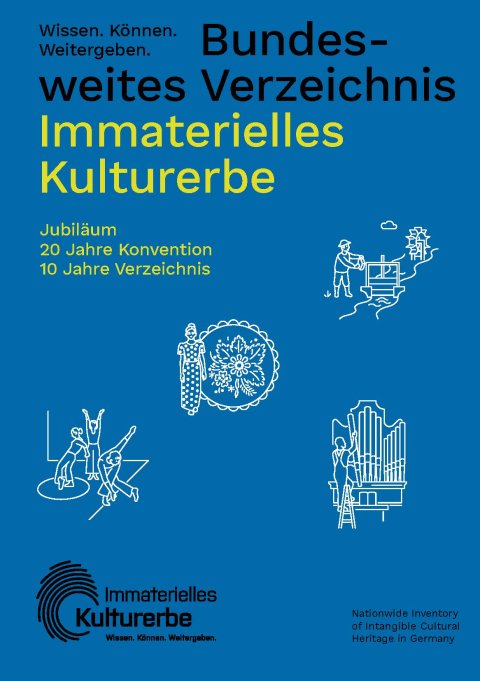Nationwide Inventory of Intangible Cultural Heritage
Theatres and Orchestras in Germany and Their Socio-Cultural Spaces
The German theatre and orchestra scene is characterised by an extraordinary diversity of artistic forms of expression consisting of acting, puppet theatre, opera, operetta, musical, dance, concerts and performative events of different kinds.
Facts & figures
Inscription: 2014
Where to find: Nationwide
Crucial date: All seasons
Domains: Performing arts
Contact
Deutscher Bühnenverein - Bundesverband der Theater und Orchester
Marc Grandmontagne (Managing Director)
grandmontagne[at]buehnenverein.de
www.buehnenverein.de
Deutscher Musikrat
eichstaedt[at]musikrat.de
www.musikrat.de
Historically, the density and diversity of the scene is due to the large number of small states and duchies, which made up the area that is now Germany during the eighteenth and nineteenth centuries. Theatres and orchestras were founded as signs of their dedication to arts and culture. Later, the urban middle classes founded new institutions and added to this abundance. The “director’s theatre” with a repertory and stock system, with permanently engaged ensembles making productions and pieces of music available to audiences over months or years, emerged towards the end of the 19th century and elevated theatre to a highly-respected art form.
Today, the artistic diversity of theatres and orchestras finds its socio-cultural space not only in the publicly funded city and national theatres as well as in the state theatres, but also in a grand number of private theatres. Added to this is a vibrant and project-orientated independent scene as well as a great variety of amateur theatres and orchestras. Furthermore, there are many small and big music and theatre festivals. The close-knit scene creates strong bonds for practitioners and recipients alike. There is a great deal of interaction, interdependence and fruitful exchange of ideas between practitioners and the local population. Theatrical and orchestral art are characterised by emotional experiences, common activities and lively exchange. Thus, they open up crucial socio-cultural spaces beyond the necessity of rational activities.
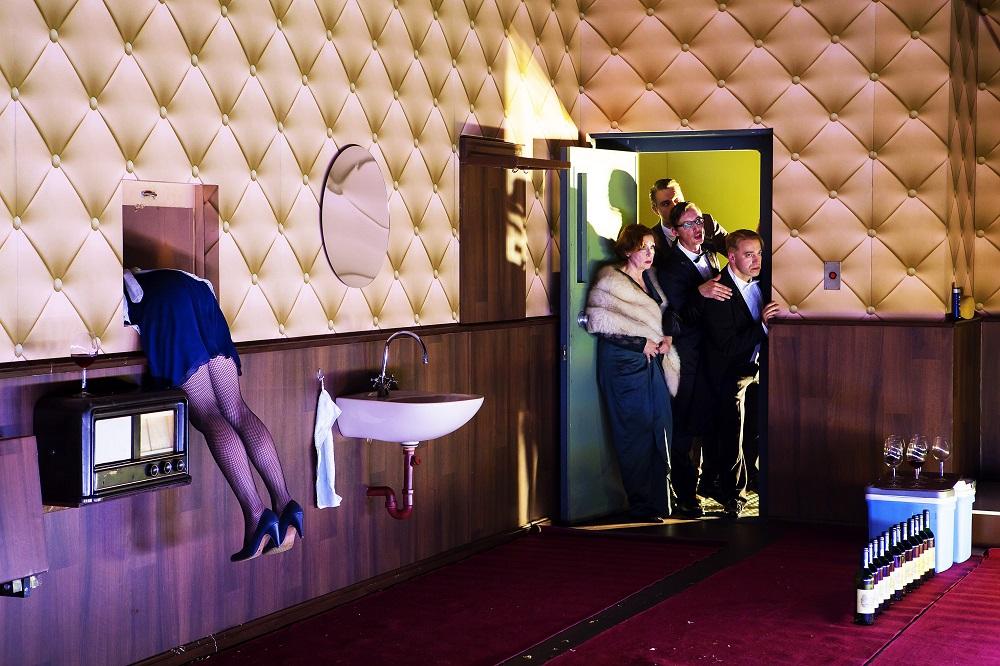
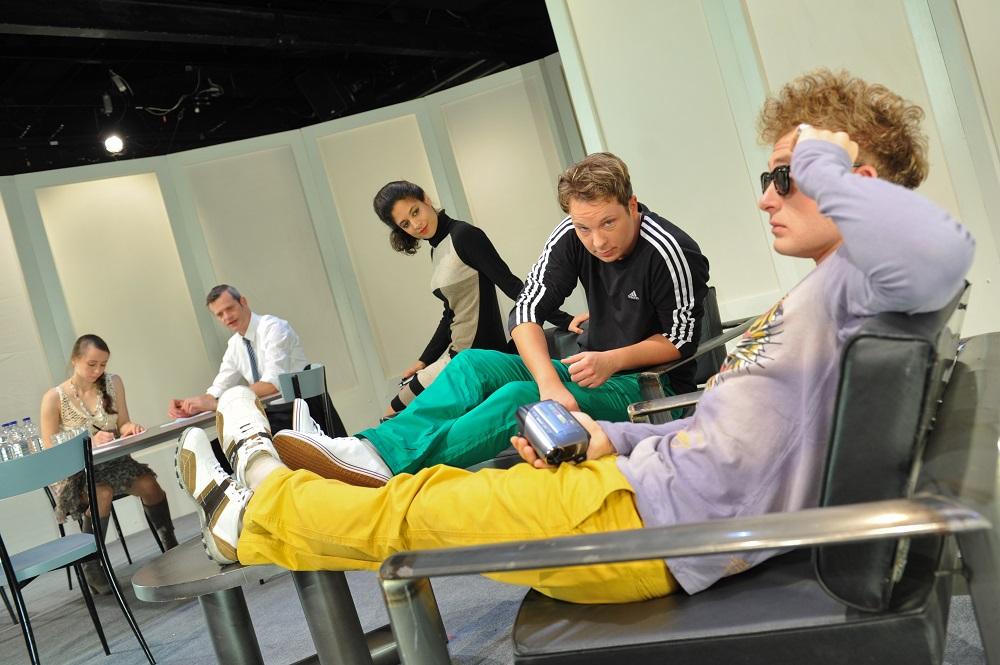
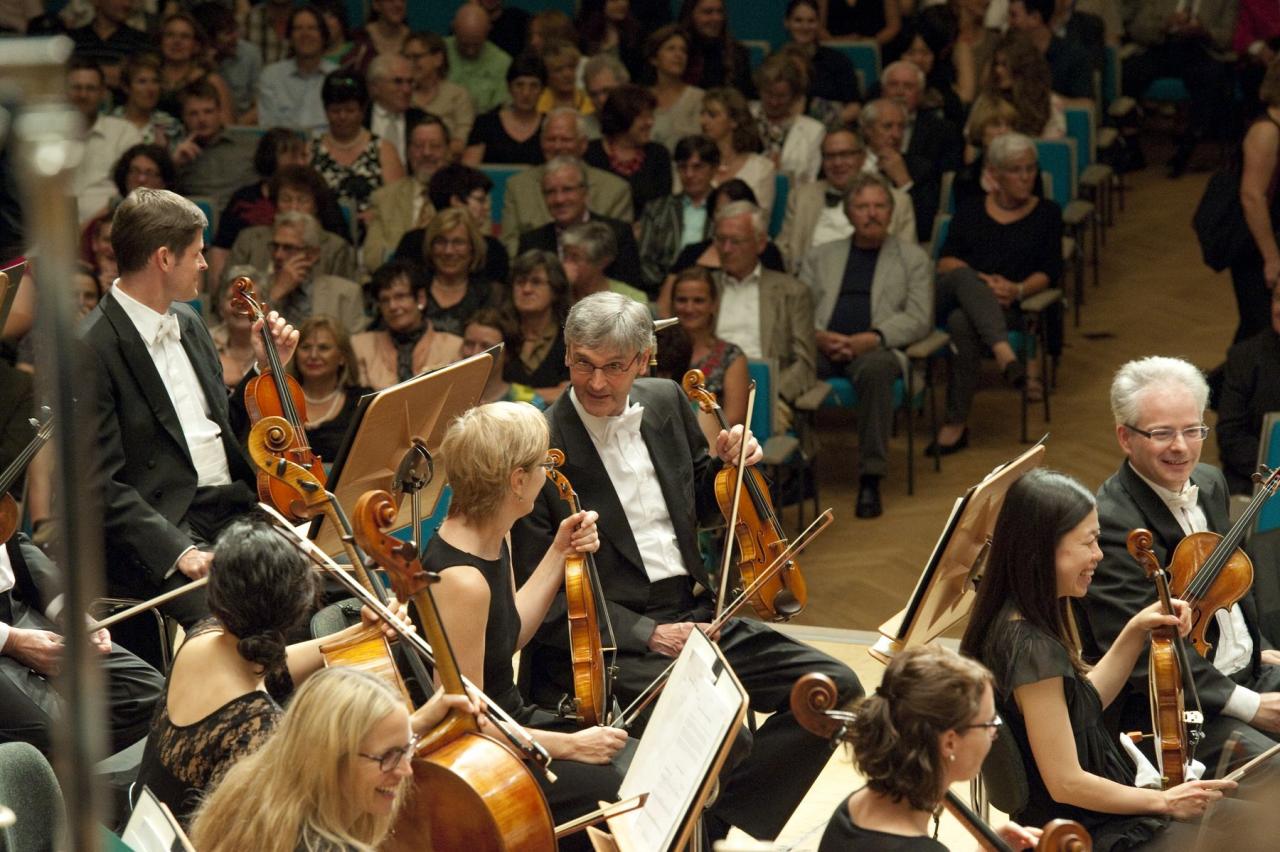

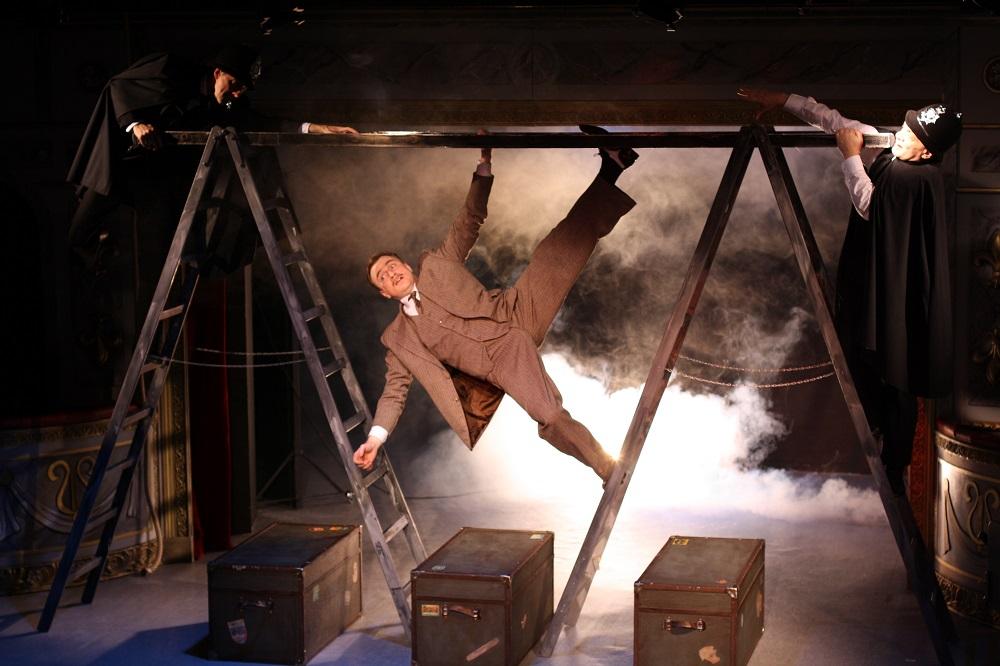
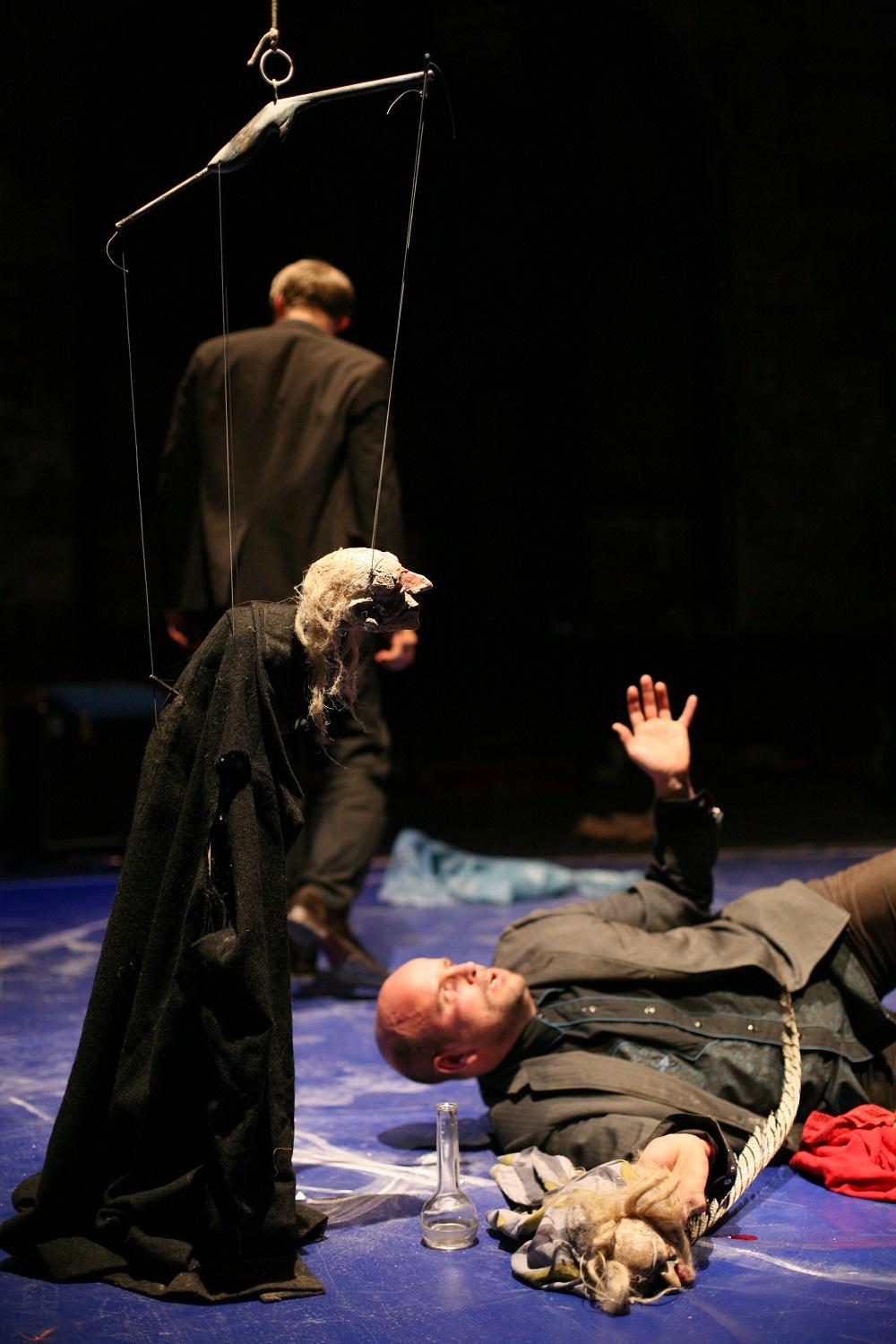
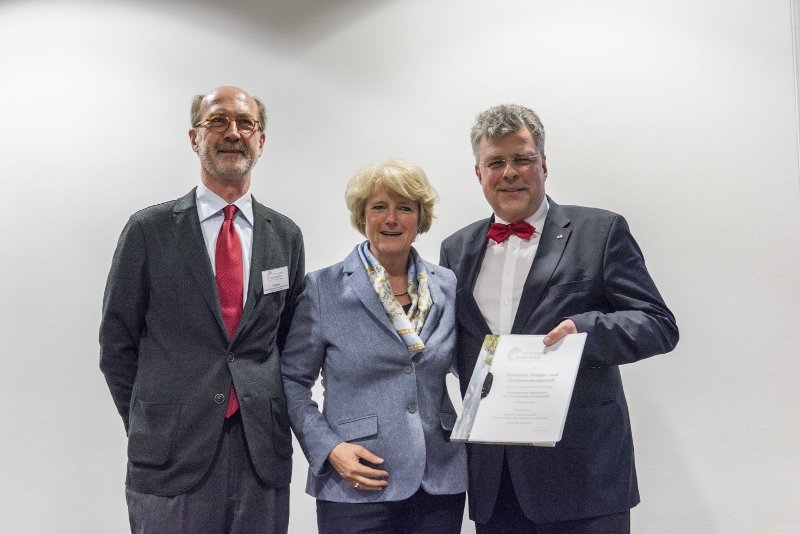
The theatre ensembles and orchestras, and those participating therein, see themselves as socio-political and aesthetic co-designers of society. Theatre and orchestra performances with and for people of different origins and different social classes make a significant contribution towards cultural education and the handing down of shared memories.
Their quality also lies in their ability to creatively respond to new social, cultural and political developments as well as issues in a flexible manner. Changes are taken as an incentive to continuously reinvent oneself. This is the case if, for example, new dramaturgies, asthetics and repertoires evolve that demand leaving the theatre buildings and relocating a performance to public space. The relationship between actors, musicians and the audience is constantly being redefined anew. This is what makes theatres and live concerts to events of mutually experiencing, feeling and conceiving the world and what makes them to lively spaces of dialogue.


